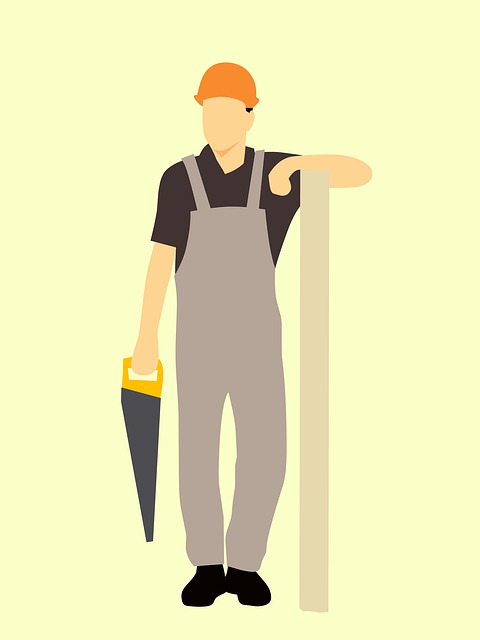Home Improvement
How to Fix Uneven Flooring and a Poor Foundation
A few tips for improving foundational issues in a structure.

For many affected houses and buildings, especially those built with slabs and foundations, uneven floors pose a threat to the elderly, young children, and people with physical disabilities; in addition to being very uncomfortable. The general cause of uneven ground is the displacement of the foundation when the surrounding soil moisture content is too high or too low. High water content causes soil to expand, while low water content causes soil to shrink. To fix the uneven flooring, you must find the cause of the change in the soil’s moisture level.
Plumbing Issues
There are four common causes of foundation problems: plumbing issues, improper drainage, and large trees. Some of these problems are more prevalent than others depending on your geographical location. If you live in Texas where foundation problems are abundant, for example, you’d want to search online for common causes of foundation problems in Carrollton, Texas to get connected with the right professionals to handle the job. When the cause is poor plumbing, broken pipes buried beneath the foundation will saturate the surrounding area’s soil. Repair specialists who maintain concrete slabs and foundations recommend hiring a licensed plumber to perform a hydrostatic sanitation test to see if you have any leaks. If plumbing proves to be the cause of your foundation’s movement, the usual fix is to break the slab above the leak or create a tunnel from the side of the building to replace the faulty piping. This job should be reserved for professionals. Second-rate work may lead to future headaches.
Improper Drainage
If puddles form around your house after rainfall, it is a clear sign that you have a drainage problem. The most common cause of poor water drainage is incorrect soil grading. Grading is the purposeful sloping of a yard for water to flow away from the house. The general guideline for proper grading is shaping the soil to be at a slope of five percent, meaning that the yard declines by six inches for the first ten feet away from the building.
According to Rocket Homes, other methods include: cleaning your gutters in case of overflow, extending your downspouts at least six feet away, sealing your driveway to prevent water from getting between the building and pavement, and installing a sump pump. A sump pump removes water from beneath the foundation by diverting it into a sump basin built directly under the house and pumping it away from the yard. Installation should be done by a professional, as it involves breaking through the slab to reach the location of the sump basin and installing a pipe through the wall.
A simpler alternative to a sump pump could be a French drain. The construction of a French drain involves digging a two-feet deep trench in the area where the most water tends to flow. Line the trench with landscaping fabric, add a two-inch layer of gravel across it and lay the drainpipe punctured with several holes. Fill the remaining space of the trench with gravel, and place sod on top. The drainpipe should be routed at a declining angle from the house.
Large Trees
Large trees may shift the foundation to allow for uneven flooring in two ways. In the first case, the trees may be drawing enough moisture from the soil for it to contract below the house. In the second case, the roots of the trees may be close enough and grow large enough for them to push into the foundation. The source of the roots must be found and cut off at the right length away from the tree. This may be a job that is better left to a professional as well, especially if you like the trees in your yard. Trees are very sensitive to losing their root and can easily die from too large cuttings. The cuttings should be done sparsely over an extended period of time to prevent shocking the tree more than necessary.
Conclusion
Uneven flooring is a common problem with many common causes and should be promptly addressed to prevent future harm to you or your family and to maintain the structural integrity of your home. Broken plumbing, improper drainage of the yard’s rainwater, or large trees either sucking up the moisture beneath the house or pushing their roots against it can all cause the foundation to shift. With your new better judgment, determine the cause and the fix of the uneven floor, and feel the relief of having a leveled home.

